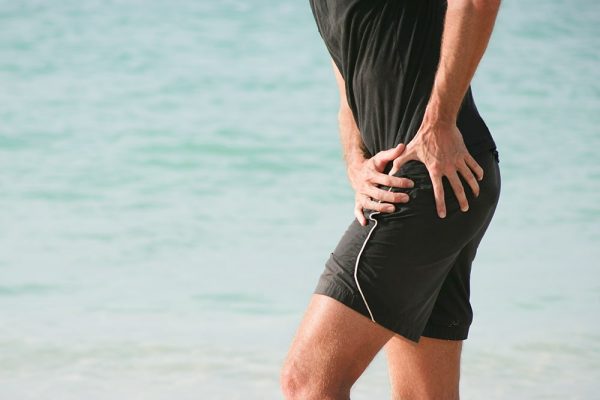
Greater trochanteric pain syndrome (GPTS) is a condition that affects the outer part of the hip causing pain and discomfort. GPTS is a common condition among middle-aged women and athletes. If you are suffering from this condition you might be wondering how long it will take to heal. The healing time for GPTS varies depending on the severity of the condition and the treatment options chosen. In this blog post, we will discuss the various treatment options available for GPTS and how long it takes to heal.
Chiropractic treatment: Chiropractic care is a non-invasive approach to treating GPTS. It involves the manipulation of the spine and joints to relieve pressure on the affected area. The chiropractor will use various techniques to reduce inflammation and improve mobility. The healing time for GPTS through chiropractic treatment varies but it can take anywhere from a few weeks to several months.
Physiotherapy: Another treatment option for GPTS is physiotherapy. It involves exercises, stretches and other rehabilitation techniques aimed at reducing pain and improving mobility. The physiotherapist will assess if you have greater trochanteric pain syndrome and develop an individualized treatment plan. The healing time for GPTS through physiotherapy varies but it can take anywhere from 6-8 weeks.
Medications: Over-the-counter painkillers such as Ibuprofen and Naproxen can help manage the pain associated with GPTS. However, it is not a long-term solution and should be used in combination with other treatment options. The healing time for GPTS through medication varies and can take several months.
Injections: Corticosteroid injections can help reduce inflammation in the affected area and provide relief from pain. However they are not a long-term solution and should be used in combination with other treatment options. The healing time for GPTS through injections varies but it can take anywhere from a few days to several weeks.
Surgery: In severe cases, surgery may be required to treat GPTS. The surgery may involve repairing the tendons or removing damaged tissue. The healing time for GPTS through surgery can take several months and rehabilitation is required to restore mobility and strength.
In conclusion, the healing time for GPTS varies depending on the severity of the condition and the treatment options chosen. Chiropractic treatment and physiotherapy are non-invasive treatment options that can help manage the pain and improve mobility. Medications and injections can also provide relief but they are not long-term solutions. In severe cases, surgery may be required but it often requires a more extended healing time and rehabilitation. If you are suffering from GPTS seek the advice of a healthcare professional to determine the best treatment options for your condition.




